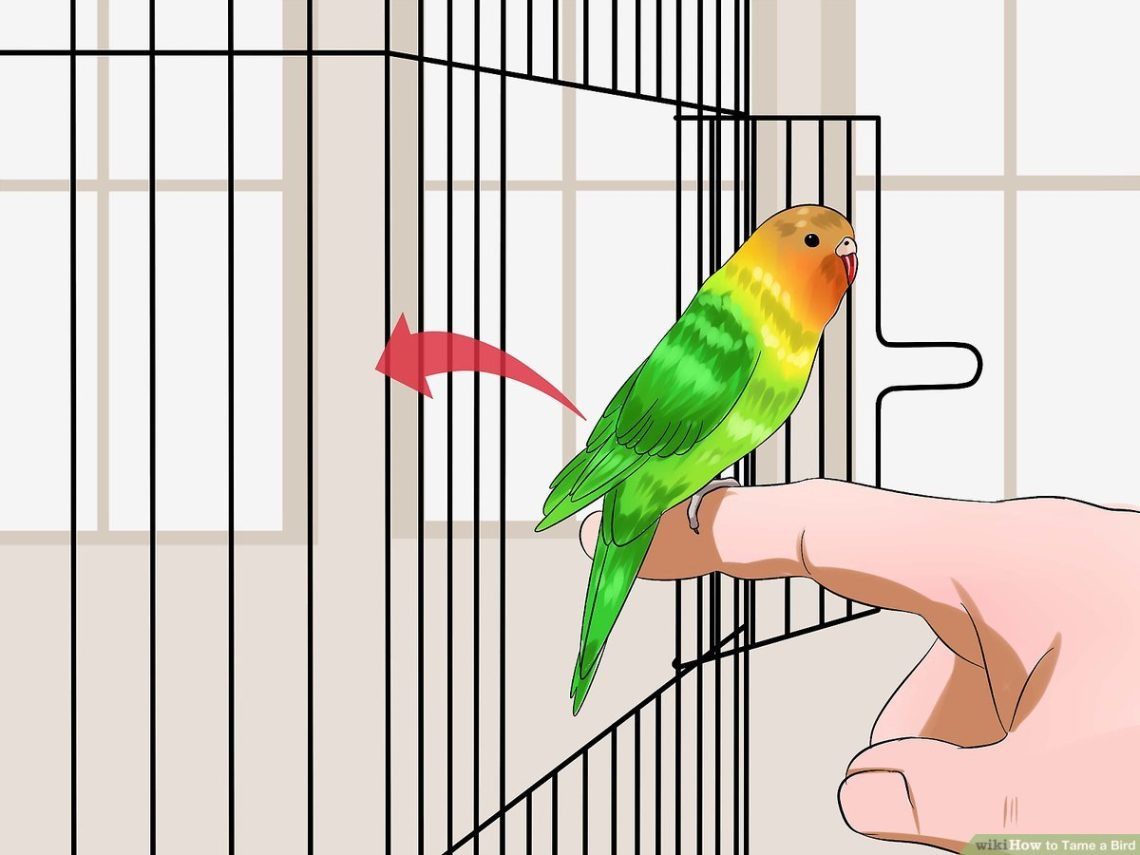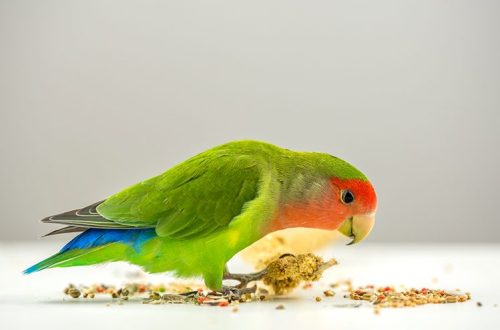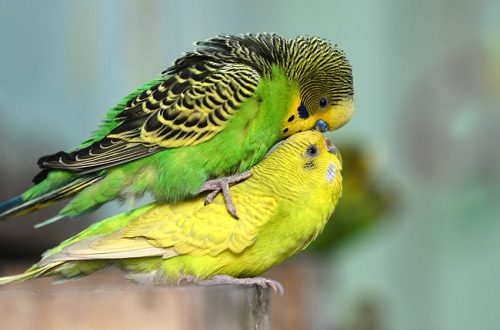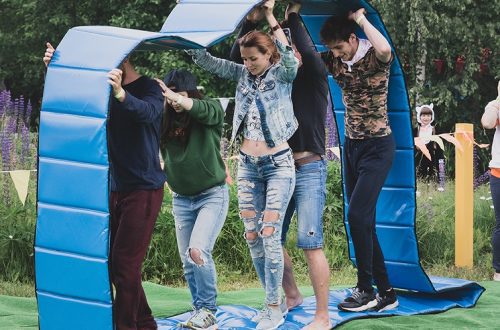
How to Befriend a Parrot in 9 Steps
The parrot has been living with you for several months, but is still in no hurry to sit on your shoulder, does not express its sympathy, and generally eschews any contact? How to get in touch with him? We will discuss in our article.
Before moving on to establishing contact with the bird, you need to make sure that he is healthy and feels well, that his basic needs are met.
If the parrot is worried about something, if he eats poorly or does not get enough sleep, he will not be up to friendship.
It is best to contact the ornithologist and review the conditions of keeping the pet together.
- Step 1. Tame correctly.
A parrot may shun a person because of a bad experience with him.
Parrots are sensitive, emotional pets, they are easily frightened by any careless movement. Perhaps you made mistakes when you tamed the bird. Or perhaps the parrot had a negative experience before you, with the previous owner. In our article, we told. Take these recommendations into service and try to start over.
The main thing is to earn the trust of a parrot. Interest arises through trust.
- Step 2: Reduce your stress levels.
You can be the perfect host and do things right. But the neighbors behind the wall may have been undergoing repairs for several months, it may be noisy in your apartment due to the nearby highway, or the cat may be vigilantly watching the parrot. Such factors lead the bird to severe stress, and stress is not conducive to building friendships. Observe the behavior of the bird, try to identify stressors and, if possible, eliminate them.
The parrot must feel safe. Without this, establishing contact is impossible.
- Step 3. Choose the right place for the cage.
It is better to install a cage with a parrot in the part of the room where you visit most often. Even if you are just working at a computer or reading a book, it will be useful for a parrot to watch you from the side. So he will get used to your company. A little time will pass – and he will be bored if you are not in his field of vision for a long time.
- Step 4. Don’t overload the cage with accessories.
There should not be too many toys and accessories in the cage so that the parrot is interested in what is happening around and does not overwork.
Until the relationship with the parrot is lined up, you should not place a mirror in the cage. It can interfere with establishing contact: the parrot will begin to communicate with its reflection and it will have less incentive to show interest in the owner. For the same reason, a parrot should live alone in a cage. If you add a feathered friend to him, the bird will reorient itself in communication to him.
When contact with the parrot is established, it will be possible to hang a mirror in the cage or add another parrot.
- Step 5. Communicate with the parrot on every occasion.
Speak kindly to your parrot when you pass the cage, change the water in the drinker, add new food, or put a treat in the cage. The goal is to develop positive associations with your voice. One can imagine that the parrot would think something like this:I hear the voice of the owner – I have a delicious treat. The owner is good!».
- Step 6: Try the perch trick.
When the parrot is feeling good and calm, try a little exercise with him. Take a stick, put it in the cage and offer the bird as a perch. To do this, gently bring the stick to the bird’s stomach: most likely, the parrot will automatically jump onto the stick. Hold the wand in the cage for a while, do not rush to pull it out right away. Let the bird get used to it.
When the parrot learns to easily jump on the stick, put your finger to it instead of the stick. If the parrot jumps on your finger, that’s great. If not, no problem either. A few workouts and you’ll be fine!
After the parrot begins to confidently jump onto your finger and hold on to it, you can carefully remove it from the cage. In the initial stages, move very slowly and do not move away from the cage. Try not to scare the parrot. When he gets used to this movement, you can move the parrot around the room and transfer it from your finger to your shoulder. The main thing is to be patient.
- Step 7. Dispense contacts.
In order for the bird to get used to you, it is enough to be in its field of vision and talk to it. Do not try to reach out to the parrot as often as possible or pick it up. If the parrot is not yet accustomed to you, this behavior can scare him even more.
It is enough to give classes with a parrot 20-30 minutes 2-3 times a day.
- Step 8. Handle the parrot correctly.
If you need to handle a parrot, do it right. Calmly place your palm behind the back of the parrot and wrap your fingers gently but firmly around it, much like you take a cup of coffee. Your thumb will be on one side of the parrot’s head, and your index finger on the other.
Try not to pull the parrot out of the cage with your hands and grab it to put it back. It is better to teach him to fly out and return to the cage. This is much less traumatic and, moreover, less exciting for the bird.
If the parrot thrashes around the cage restlessly when you put your hand into the cage, don’t remove it right away. Keep your hand still. Give the parrot time to calm down and understand that your hand does not threaten him. When the parrot is fully recovered, slowly remove your hand from the cage.
- Step 9. Get professional support.
Finally, the most important recommendation. If there is something about your parrot’s behavior that makes you anxious or worried, contact an ornithologist.
Parrots are by nature quite cautious and shy. It is important to try not to make mistakes in handling them, because lost trust will be very difficult to restore.
We wish you and your birds the strongest, happiest friendship!





